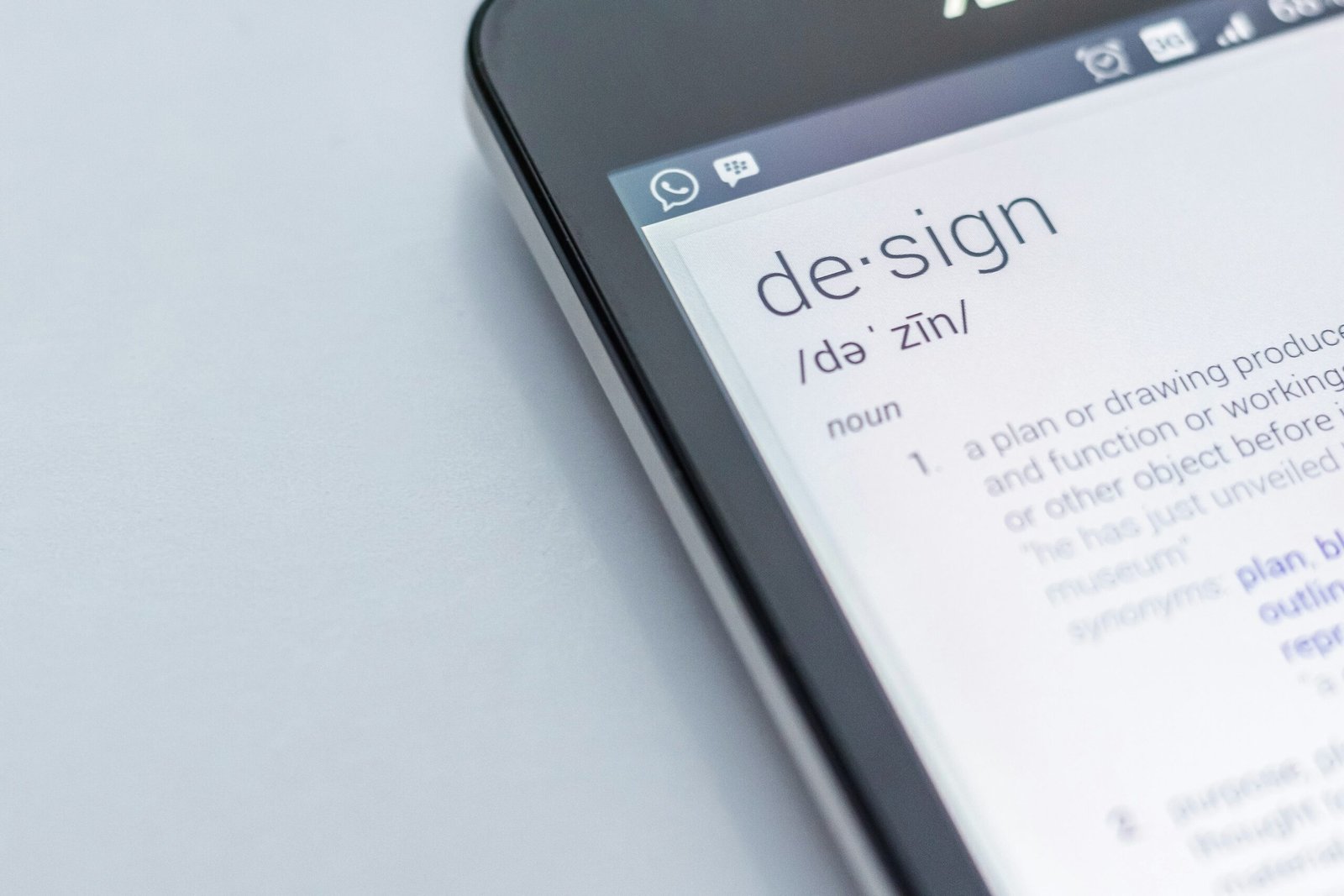In the world of design, the user experience (UX) and user interface (UI) are paramount. Creating intuitive and visually appealing interfaces is essential for engaging users and ensuring the success of a product or service. However, to truly create meaningful and impactful designs, it is important to go beyond the surface level and delve into the realm of sociological insights. This is where human-centered design comes into play.
Understanding Human-Centered Design
Human-centered design is an approach that puts the needs, behaviors, and preferences of users at the forefront of the design process. It involves empathizing with users, conducting research, and incorporating sociological insights to create designs that truly resonate with the target audience.
By considering the social and cultural context in which a product or service will be used, designers can gain a deeper understanding of the users’ needs and motivations. This understanding allows for the creation of designs that not only look aesthetically pleasing but also function seamlessly and meet the users’ expectations.
Applying Sociological Insights to UI/UX Design
When bridging UI/UX with sociological insights, designers can consider various factors that influence user behavior and preferences. These factors may include cultural norms, social hierarchies, gender roles, and technological literacy, among others.
For example, in a globalized world, it is crucial to consider cultural differences when designing interfaces for international audiences. Colors, symbols, and gestures can have different meanings and interpretations across cultures. By conducting research and understanding these cultural nuances, designers can create interfaces that are inclusive and avoid potential misunderstandings.
Similarly, societal norms and hierarchies can influence user behavior. For instance, in some cultures, individuals may be more inclined to follow authority figures, while in others, a more egalitarian approach may be preferred. By considering these sociological factors, designers can create interfaces that align with the users’ expectations and foster a sense of familiarity.
The Benefits of Human-Centered Design
Adopting a human-centered design approach offers several benefits. Firstly, it allows designers to create products and services that are tailored to the needs of the users, resulting in higher user satisfaction and engagement. By incorporating sociological insights, designers can anticipate user behaviors and design interfaces that are intuitive and easy to navigate.
Secondly, human-centered design promotes inclusivity. By considering the diverse backgrounds and preferences of users, designers can create interfaces that are accessible to a wider range of individuals, including those with disabilities or limited technological literacy.
Furthermore, human-centered design fosters innovation. By understanding the users’ needs and motivations, designers can identify pain points and opportunities for improvement. This allows for the creation of innovative solutions that address real-world problems and enhance the overall user experience.
The Role of Sociological Research
Sociological research plays a vital role in human-centered design. By conducting user research, surveys, and interviews, designers can gain valuable insights into the target audience’s behaviors, preferences, and pain points.
Through qualitative and quantitative analysis, designers can identify patterns and trends that inform the design process. This research-driven approach ensures that the final design is not based on assumptions or personal biases but is rooted in empirical evidence and user feedback.
Conclusion
Human-centered design is a powerful approach that combines the principles of UI/UX design with sociological insights. By understanding the users’ needs, behaviors, and preferences, designers can create interfaces that are visually appealing, intuitive, and inclusive.
Through sociological research and analysis, designers can gain a deeper understanding of the social and cultural context in which their designs will be used. This understanding allows for the creation of designs that truly resonate with the target audience, resulting in higher user satisfaction and engagement.
By embracing human-centered design, designers can bridge the gap between UI/UX and sociological insights, ultimately creating designs that are not only visually pleasing but also meaningful and impactful.












Leave a Reply